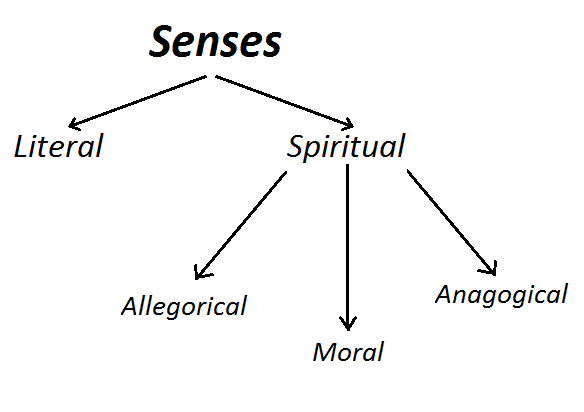The Senses of Scripture

Fairly early on in the life of our Bible Study Group in San Diego, we took some time to read through the section of the Catechism beginning in paragraph #101 which addresses the subject of Sacred Scripture. We did this because when I first read that portion of the Catechism I was delighted to discover some truly wonderful guidance for understanding more fully the depth of God’s word.
In this post I would like to take some time to discuss the material outlined in the section of the Catechism entitled “The Senses of Scripture” (CCC #115). In five short paragraphs, it explains that there are two primary senses of Scripture: “Literal” and “Spiritual”, with the latter sense being subdivided into three additional subcategories: “Allegorical”, “Moral” and “Anagogical”.

Let’s look at each of these senses in turn…
Read more
